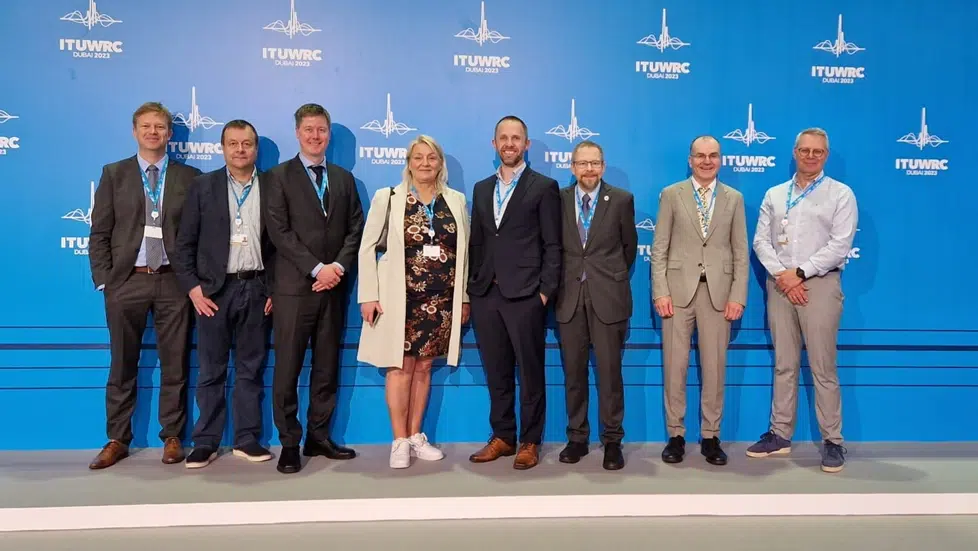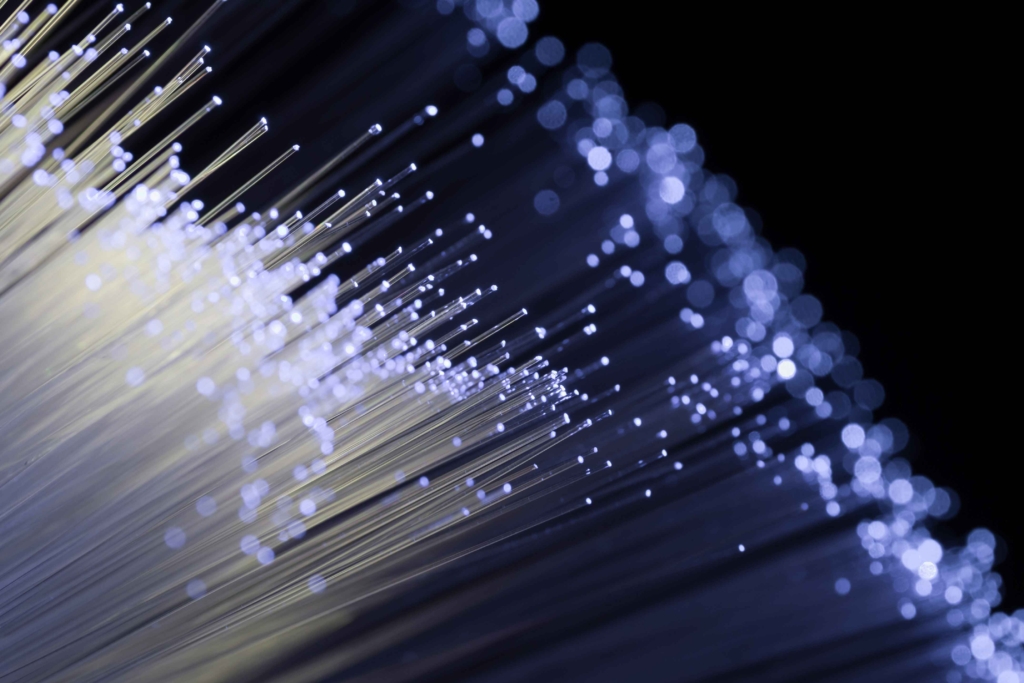
WRC-23 took place over four weeks in November and December. It marks the end of several years of preparatory work by the International Telecommunication Union (ITU).
ITU WRC-23 addressed necessary revisions of the Radio Regulations (RR). This is an international treaty between the 193 United Nations member states that make up the ITU. It focuses on the use of the radio spectrum and coordination rules to provide access to it.
Specifically, the conference, which convenes approximately every four years, was this time gathering more than 3.000 delegates in Dubai. The objective was to discuss and seek consensus on more than 40 different topics.
ITU WRC – Impact the future of global communication systems
The decisions made at the ITU WRC are crucial. They impact the future of global communication systems, technology innovation, and the spectrum availability for various services. Consequently, satellite operators, telecommunications companies, regulatory bodies, and governments worldwide participated. They aimed to ensure their interests were represented and to contribute to the shaping of the future of radiocommunications.
Furthermore, there were three important overall reasons for participating in the ITU World Radio Conference:
Spectrum Allocation: The ITU World Radio Conference plays a critical role. It determines international spectrum allocations for various services, including satellite communications. Specifically, Space Norway participates to advocate for and secure crucial spectrum allocations for their satellite operations. This participation ensures access to specific frequency bands necessary for their satellite services. It enables efficient and interference-free communication.
Policy Influence and Networking: Attending the conference provides Space Norway with the opportunity to engage with global stakeholders. These include regulators, industry experts, and other satellite operators. By participating in discussions, presenting technical findings, and contributing to policy debates can help shape international regulations and policies concerning satellite communications. Moreover, building relationships and networks within the industry can also lead to potential collaborations and partnerships.
Keeping Abreast of Technological Developments: The ITU World Radio Conference serves as a platform to stay updated on the latest technological advancements, trends, and innovations in the field of satellite communications. Consequently, Space Norway can gain insights into emerging technologies, best practices, and future opportunities. This knowledge can be instrumental in guiding their strategic planning and investment decisions. Additionally, it helps in developing new satellite systems that align with evolving global standards and technologies.
Discussions relating to the operation of non-geostationary satellites
By actively participating in the ITU World Radio Conference, Space Norway can ensure that it advocates for its interests. Additionally, it helps to secure favorable regulations to support its operations. Furthermore, it enables Space Norway to remain at the forefront of technological advancements in the satellite industry.
Specifically, the most important discussions for Space Norway focused on the operation of non-geostationary satellites and related services. These discussions pertained to ITU Resolution 35. It directly relates to conditions and requirements to which Space Norway’s Arctic Satellite Broadband Mission project must adhere.
However, Space Norway also had interests in other topics. For example, these included the VHF Data Exchange System (VDES), Narrowband IoT (NB-IoT) and Earth Exploration-Satellite Services (EESS) such as satellites utilising Synthetic Aperture Radars (SAR).


